Visiting too many colleges becomes counterproductive
After 10 or more college visits, buildings like this one start to all look the same.
I have some advice for anyone planning to go on more than ten college visits: don’t. Seriously, it won’t go well for you if you try, and I’m speaking from experience. I’ve been to about twenty different colleges so far––and I’ll probably visit a few more––and the only thing it’s helped me decide is that I made a huge mistake.
Let me make one thing clear, first. College visits are good. In fact, I’d consider them to be an essential part of the application process. Going on visits allows you to see and experience important aspects of a college that you wouldn’t find on a computer. The feel of the campus, the mood of the students, and even the quality of the food are all unique to each college and could have an effect on your desire to enroll there.
But it’s possible to have too much of a good thing, and college visits are no exception. While visiting a few colleges can provide unique insight on what makes each one, well, unique, visiting too many can do the opposite. Instead of each college standing out, they begin to blend together, aspects of one college getting confused with another. Looking back, I remember about half the colleges I visited as being almost the exact same, when in reality they were all different. Was it St. John’s or St. Olaf that had that annoying hill in the middle of campus? Did Loyola have those nice new buildings, or was it Marquette? Who had those really nice dorms? Wait, wasn’t that the one with the bad food?
The only thing it’s helped me decide is that I made a huge mistake.
— Brady Solomon
So how many colleges should you visit? How do you decide which ones? When do you visit them? Well, it depends. A good way to decide where to visit is to research a college beforehand. Naviance is really useful, providing helpful tools for every step of the process. The SuperMatch™ college search helps find colleges that could work well for you. If you find a college you’d like to look into, Naviance can show most of the important information about it––costs, majors, admissions info and more. It also provides a link to the college’s official website if you want to know more. If the college seems like a good enough fit for you to consider applying, you’re ready for a visit.
When looking for colleges, try to keep the list short. I recommend visiting four to six colleges. Be sure to visit more than one, even if there’s only college you want to go to. It’s much easier to learn what you like about a college when you have multiple references to compare. Again, though, it’s also important to avoid visiting more than eight to ten colleges. At about that point, visits begin to lose their value and it becomes harder to remember which you like most.
If you have the option, visit colleges during the school year. Visits in the summer or during a break don’t always have quite as much impact, since you won’t get to see as many students in class or around campus. I’d also try to do college visits before applying, but this isn’t too important. If you’ve been following my advice so far, the colleges you’ll be visiting are all ones you’d apply to anyway. However, it could happen that you decide you don’t want to enroll at a college after you’ve toured it, and if you haven’t applied you wouldn’t be losing money from the application fee.
One last thing: when you do go on a college visit, whether you’ve followed my advice or not, take notes. Get a little notepad and a pen, and after each visit, write down what you thought about the different aspects of the college: the campus, the architecture, the people, the food, dorms, and activities. Write a few sentences about your opinion of each; maybe make a rating system for each one. Taking notes like this will become incredibly valuable when it comes time to enroll, especially if you’re doing visits during junior year or before. By the time you’re deciding where to go, there’s a good chance you’ll have forgotten many of the details that could affect your decision.


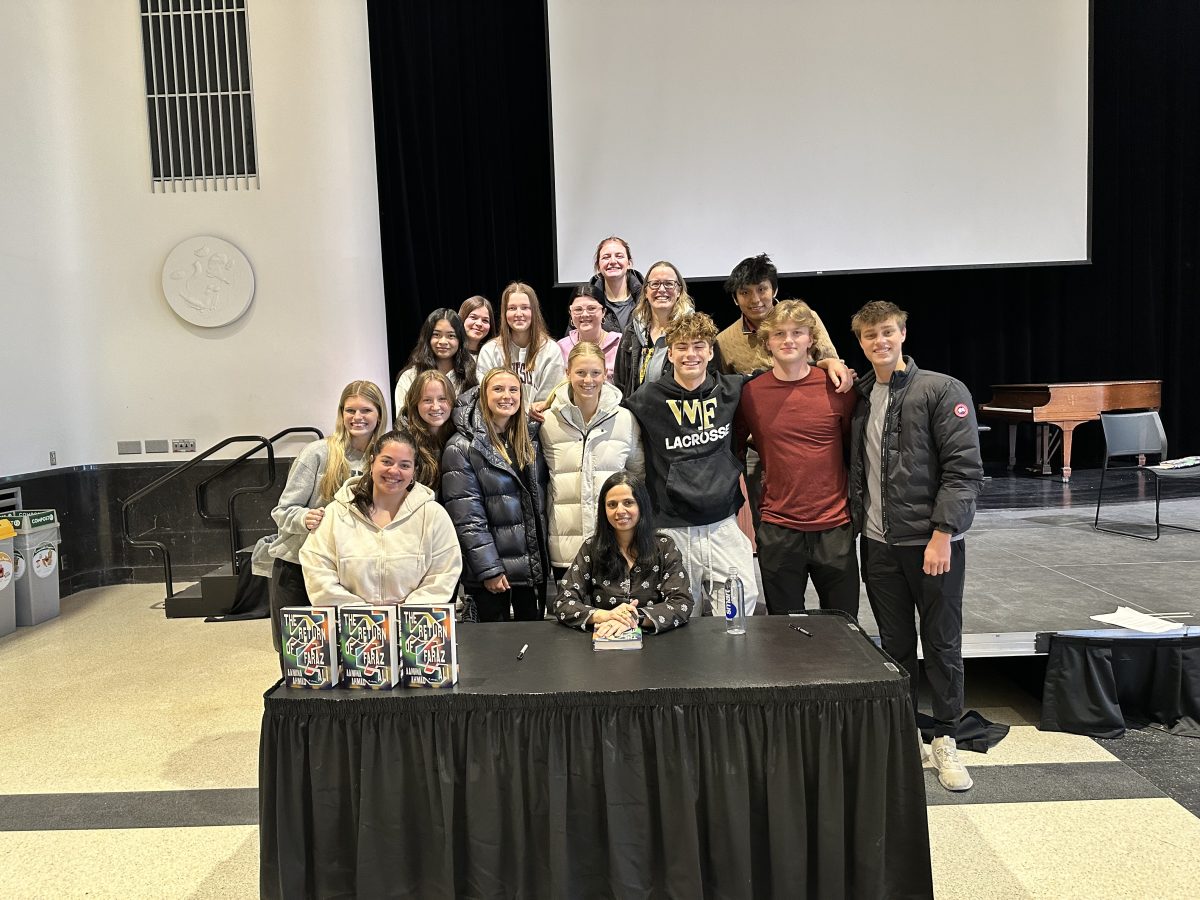


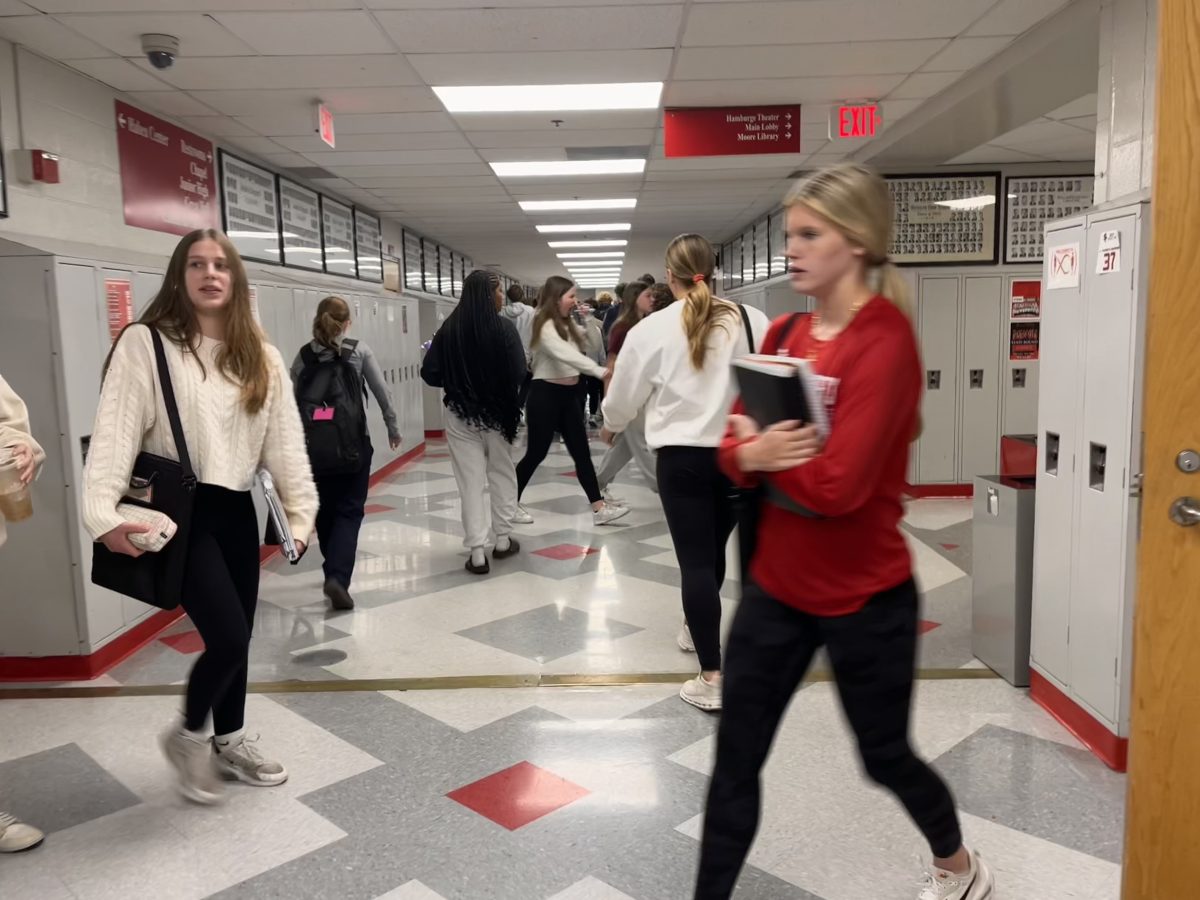
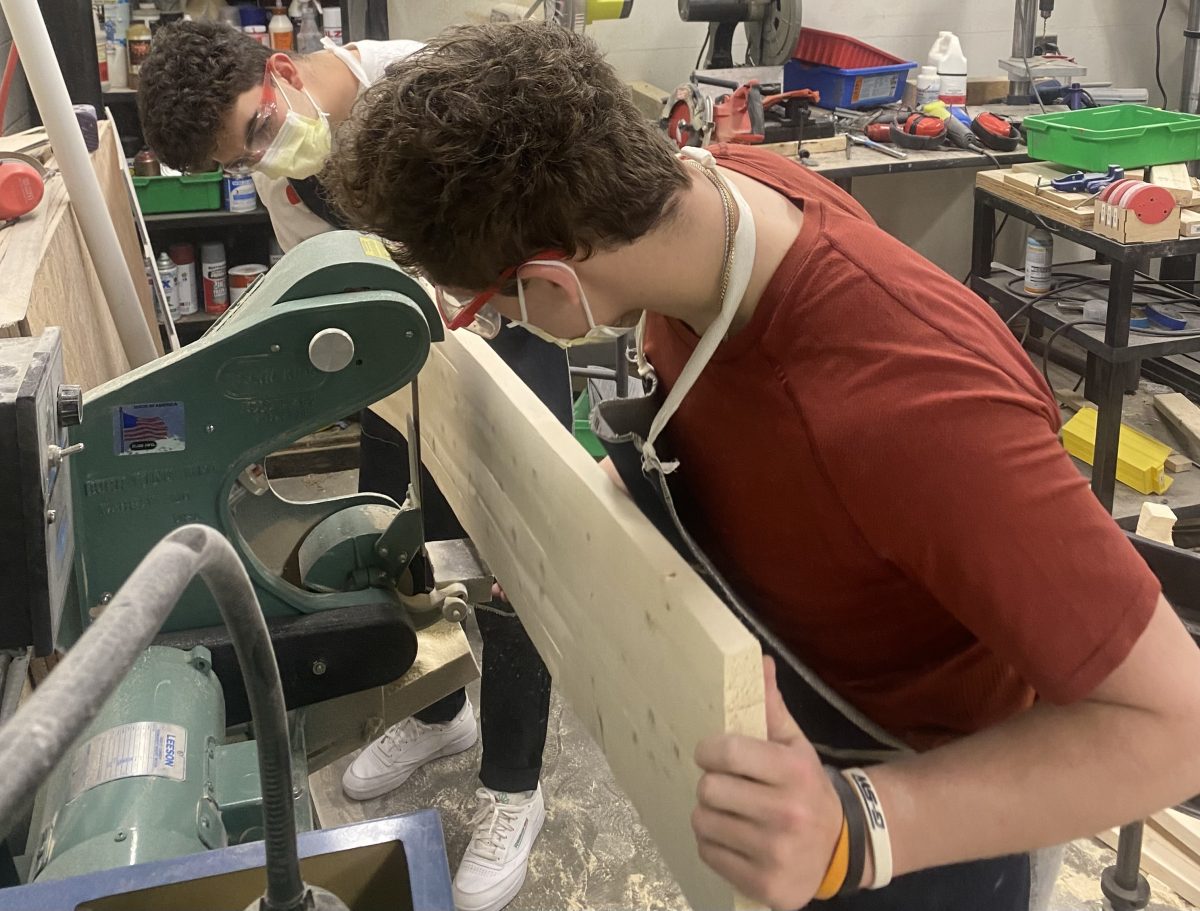
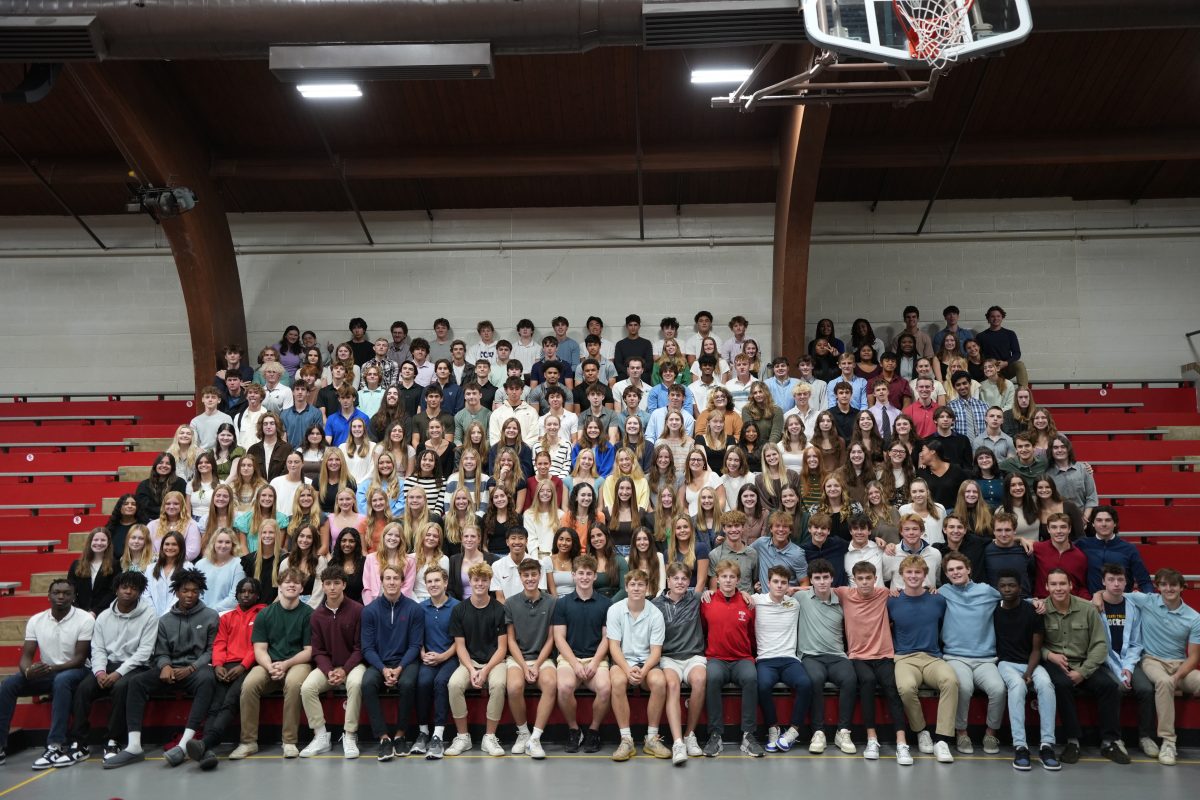
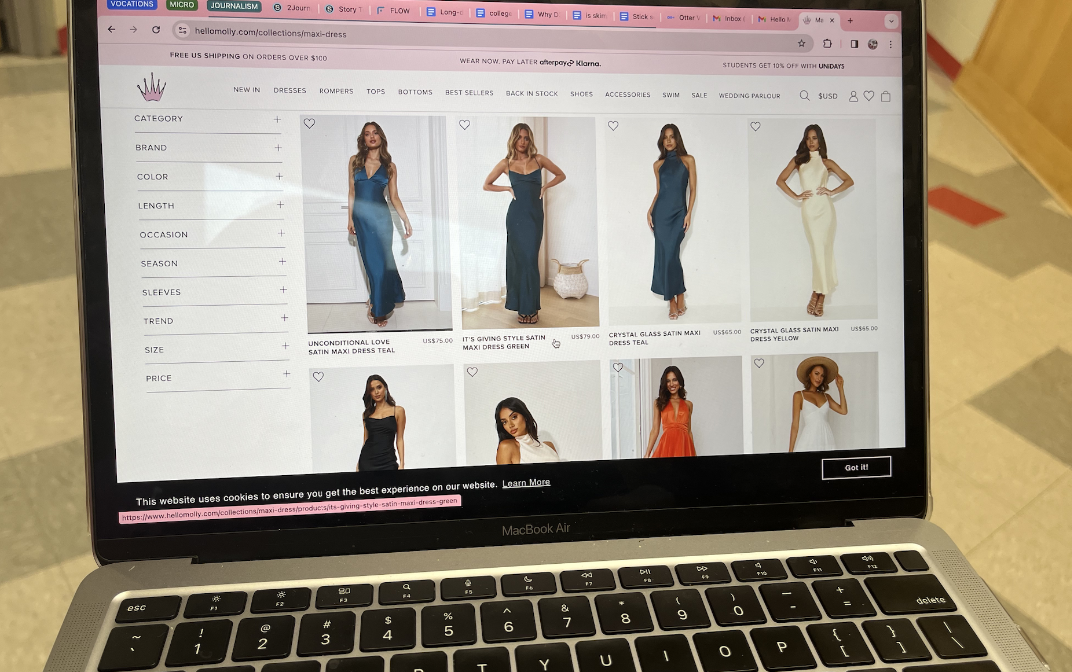














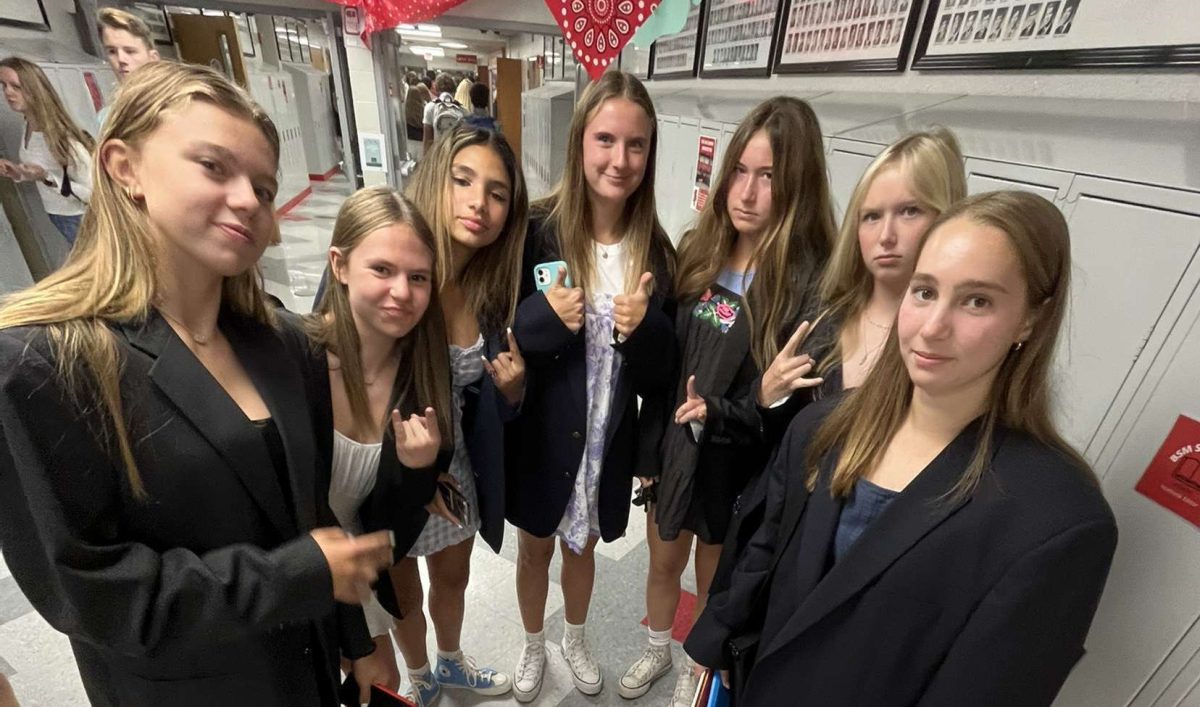













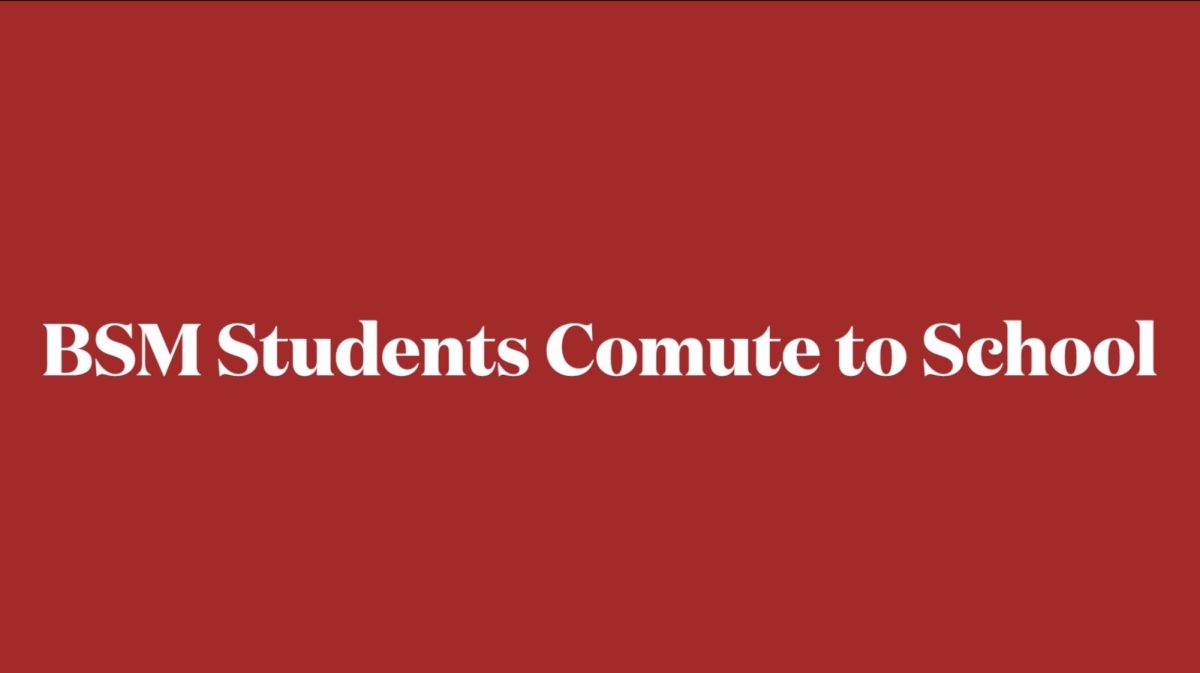








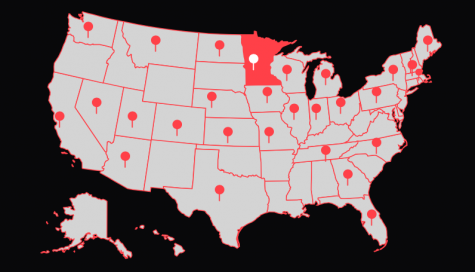


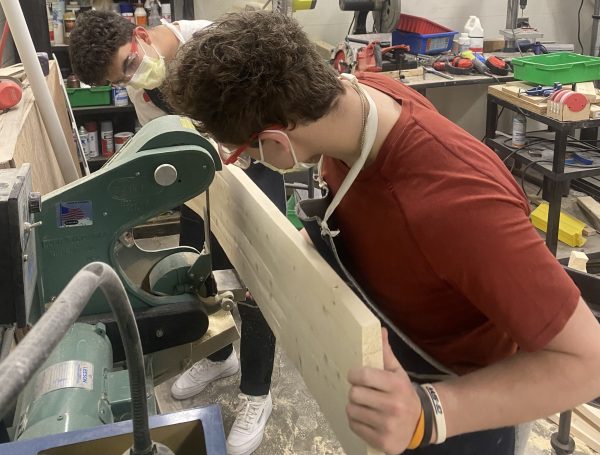
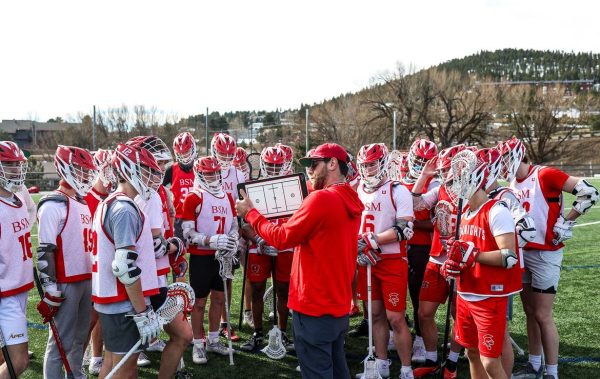
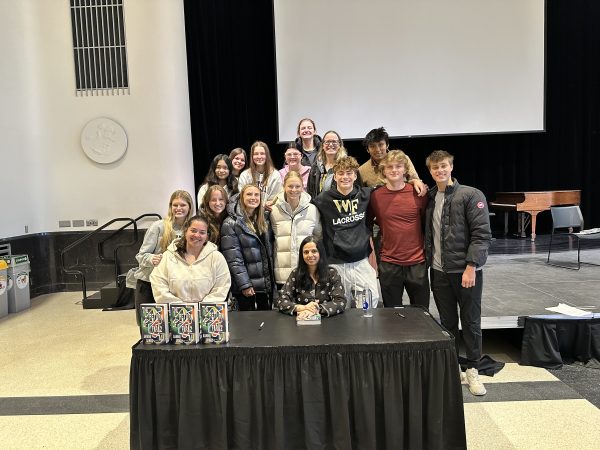

Brady Solomon • Jan 10, 2019 at 4:21 pm
This is an awesome article. This person should do more journalism.